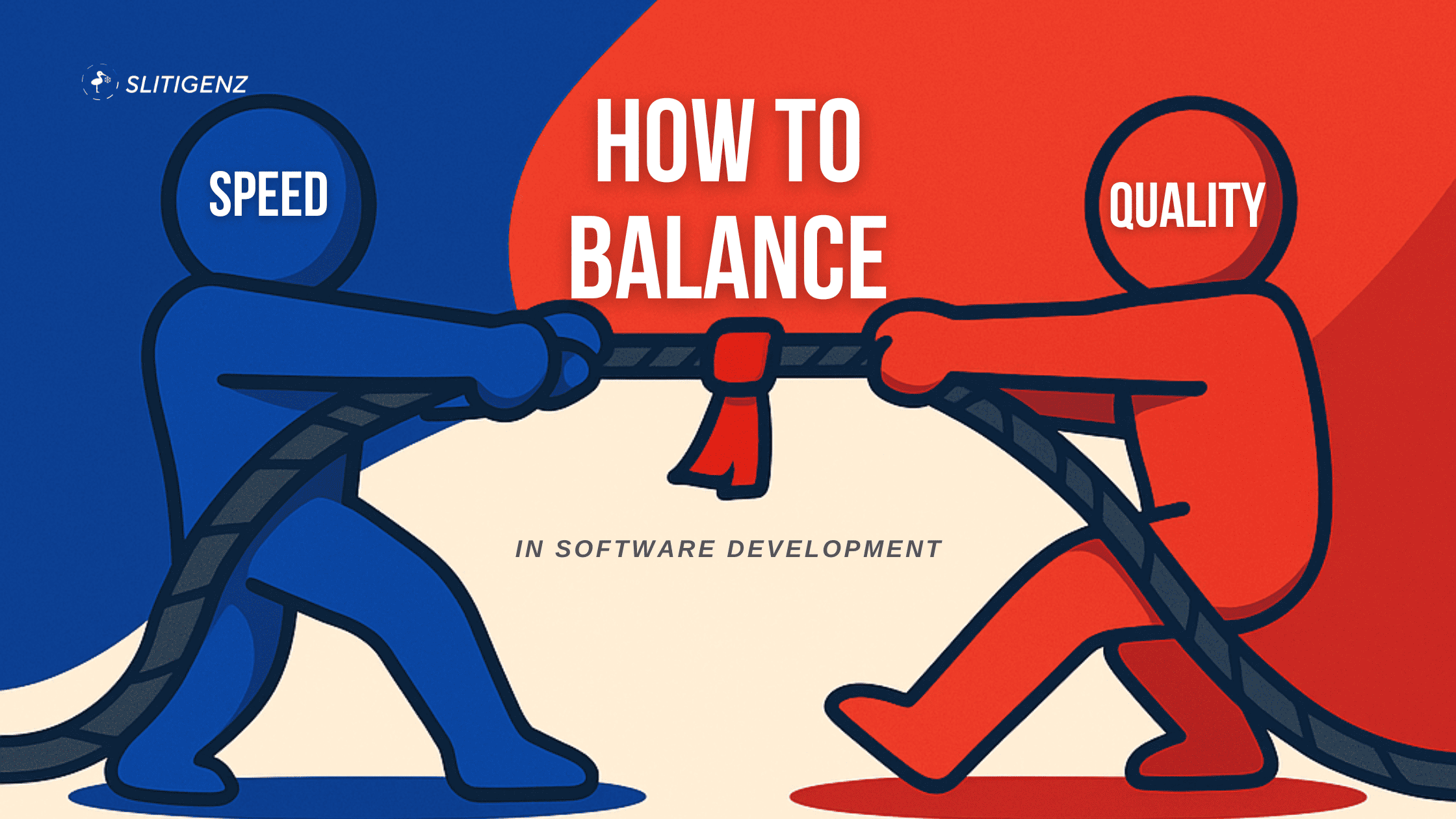Outsourcing refers to the practice of engaging an external organization, distinct from one’s own, to carry out specific tasks. Insourcing, on the other hand, is a business practice that involves conducting operations within the infrastructure of the organization. The fundamental distinction between outsourcing and insourcing lies in the manner in which work, projects, or tasks are allocated among different companies and departments for strategic purposes.
Outsourcing
Outsourcing is the practice of utilizing the workforce and resources of an external organization to perform tasks and services, including manufacturing products. Typically, the primary motivation for outsourcing is cost savings. Many industries, including healthcare, travel, transport, energy/utility companies, retail, and government, often rely on outsourcing to complete essential projects or tasks.
One of the key advantages of outsourcing is that it enables companies to concentrate on their core business operations. By outsourcing non-core activities, organizations can enhance their efficiency and productivity. However, outsourcing can impact various jobs, such as customer support, manufacturing, technology, and back-office functions.
The use of outsourcing versus insourcing can affect an organization’s control over its operations and decisions. When outsourcing a particular service or manufacturing process, an organization has minimal managerial control over the methods employed by the external organization hired for the project. For example, a company known for its exceptional customer service may not have the authority to manage how an external support center interacts with customers.
Insourcing
Insourcing is the practice of assigning a project to a person or department within a company rather than outsourcing to an external person or organization. It involves utilizing the developed resources within the organization to perform tasks or achieve specific goals. For instance, an organization might opt to insource technical support for a new product, leveraging existing technical support resources already present within the company.
Moreover, insourcing typically involves bringing new operations and processes on-site within the organization. As a result, it can be more expensive than outsourcing, as it often requires the implementation of new processes to establish a new division within the company.
Which One Is The Best Solution For Your Business?
Insourcing and outsourcing are two distinct approaches that businesses use to manage tasks, projects, or continuous operations. Outsourcing involves hiring external third-party service providers, such as payroll firms, to complete specific functions. Conversely, insourcing involves delegating all tasks, projects, or continuous processes to internal employees, including hiring new talent or creating new departments if necessary.
One of the most common applications of outsourcing is for payroll processing. For example, smaller businesses without the resources to create a payroll department or staff with payroll expertise may choose to outsource this task to a specialized payroll firm.
Businesses may opt for outsourcing over insourcing for several reasons, including reducing the costs associated with hiring new employees, minimizing workloads on internal teams to avoid burnout, allowing employees to focus on core business functions while external parties manage less critical operations, and accommodating new needs that arise due to scaling.
However, businesses may choose insourcing over outsourcing as outsourcing may require handing over internal systems and processes to a third party, which can pose significant risks when dealing with sensitive information. Additionally, communication can sometimes be challenging to navigate when working with external providers.
If you’re planning to undertake new projects or scaling requires you to develop new processes, insourcing can be an effective solution if your goal is to have everything done in-house. Your internal teams or newly hired talent can take ownership of new tasks, bring them to fruition, and contribute to your business’s overall success.

AI is increasingly embedded in software engineering workflows, and selecting the right AI coding agent has become a key differentiator...

Speed and quality in software development are not mutually exclusive, but they are often in tension. Many engineering teams face...

Want to deploy a static website on AWS EC2 using Nginx in under 15 minutes? This guide will show you...

What Makes Grok-3 Stand Out? On February 18, 2025, Elon Musk and xAI officially launched Grok-3, an advanced AI model...

